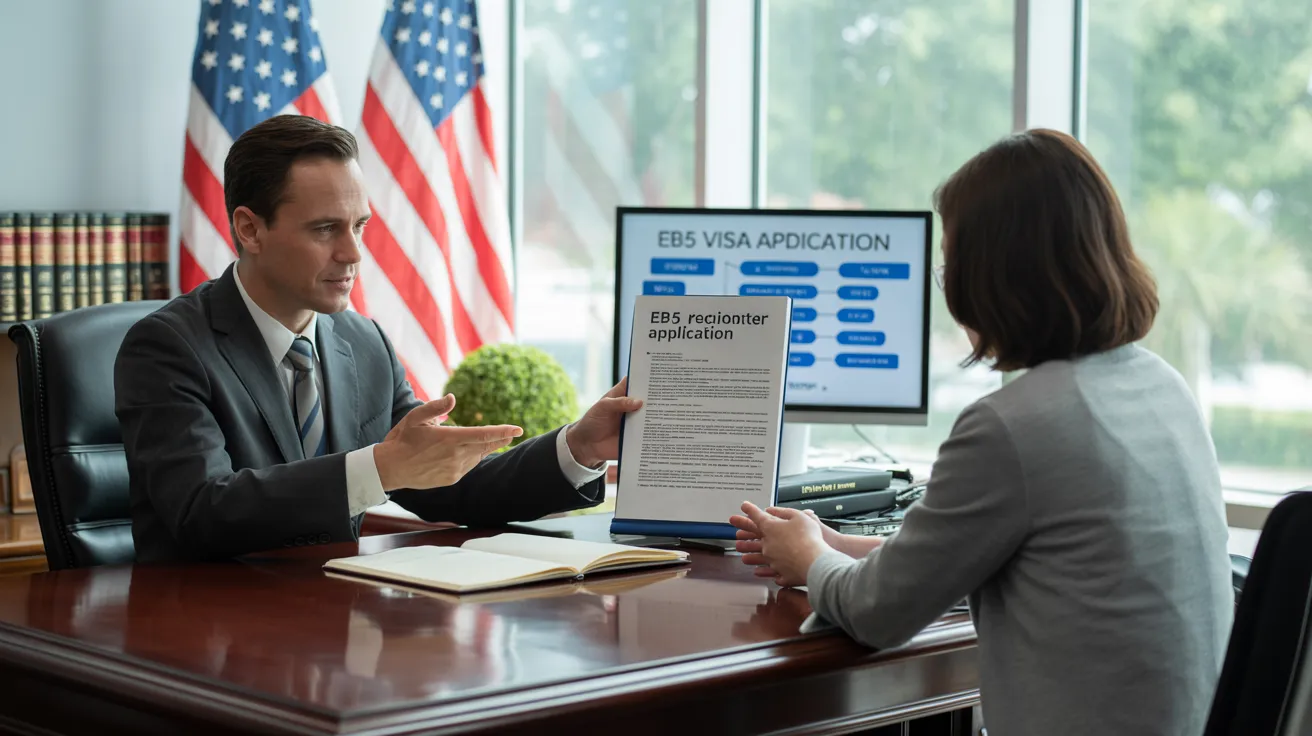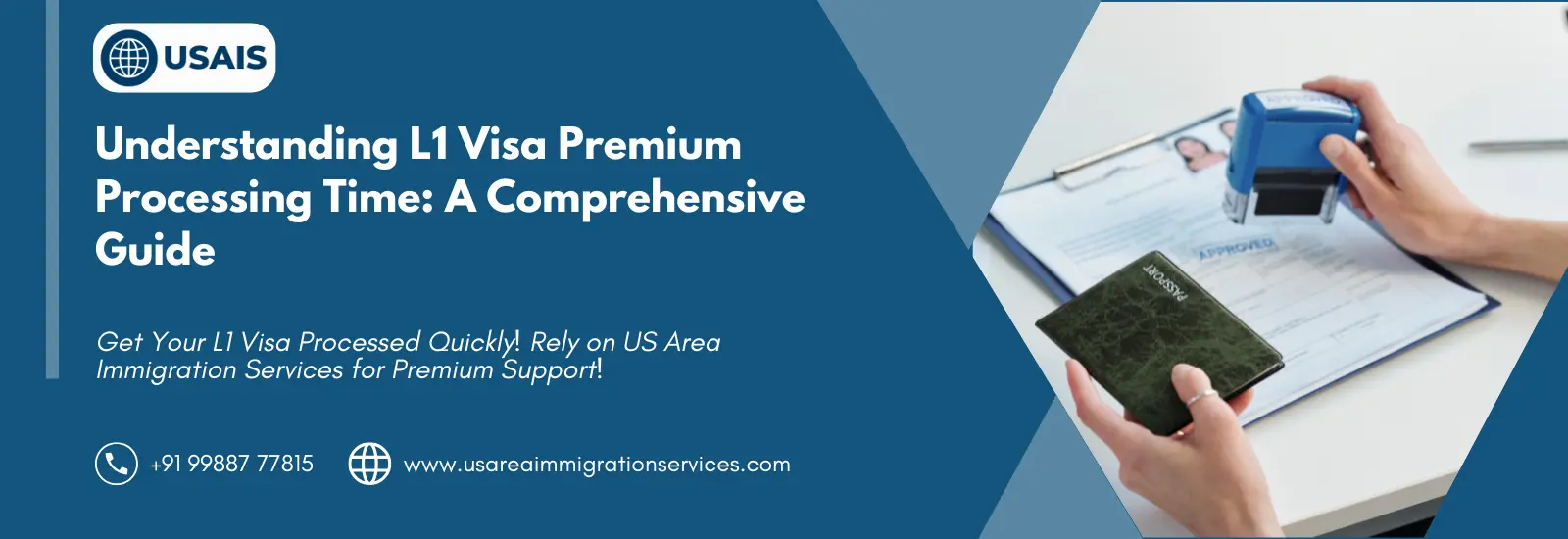Some Of L1 Visa
Table of ContentsFacts About L1 Visa UncoveredL1 Visa Can Be Fun For AnyoneL1 Visa - The FactsGetting The L1 copyright WorkThe Ultimate Guide To L1 VisaL1 Visa for Dummies
Readily Available from ProQuest Dissertations & Theses International; Social Science Premium Collection. (2074816399). (PDF). Congress. (PDF). DHS Office of the Inspector General. (PDF). (PDF). "Nonimmigrant Visa Stats". Retrieved 2023-03-26. Division of Homeland Protection Workplace of the Assessor General, "Evaluation of Vulnerabilities and Potential Misuses of the L-1 Visa Program," "A Mainframe-Size Visa Loophole".
United State Division of State. Recovered 2023-02-08. Tamen, Joan Fleischer (August 10, 2013).
L1 Visa Can Be Fun For Anyone
In order to be qualified for the L-1 visa, the international company abroad where the Beneficiary was used and the U.S. business must have a qualifying relationship at the time of the transfer. The different kinds of certifying partnerships are: 1. Parent-Subsidiary: The Parent indicates a firm, corporation, or various other lawful entity which has subsidiaries that it possesses and controls."Subsidiary" means a firm, company, or other lawful entity of which a parent owns, directly or indirectly, greater than 50% of the entity, OR owns less than 50% but has management control of the entity.
Instance 1: Company A is included in France and utilizes the Recipient. Business B is integrated in the U.S. and intends to request the Beneficiary. Firm A possesses 100% of the shares of Company B.Company A is the Parent and Business B is a subsidiary. There is a certifying relationship in between the two business and Firm B ought to be able to fund the Beneficiary.
Example 2: Business A is incorporated in the united state and desires to seek the Beneficiary. Business B is incorporated in Indonesia and utilizes the Beneficiary. Business An owns 40% of Firm B. The continuing to be 60% is owned and managed by Company C, which has no relation to Company A.Since Firm A and B do not have a parent-subsidiary relationship, Company A can not fund the Recipient for L-1.
Company A has 40% of Firm B. The continuing to be 60% is owned by Business C, which has no relationship to Firm A. However, Business A, by official arrangement, controls and complete takes care of Firm B.Since Business A possesses less than 50% of Company B however handles and regulates the business, there is a certifying parent-subsidiary partnership and Firm A can sponsor the Beneficiary for L-1.
Some Known Facts About L1 Visa.
Associate: An associate is 1 of 2 subsidiaries thar are both had and regulated by the very same moms and dad or individual, or had and controlled by the same group of people, in primarily the very same proportions. a. Example 1: Company A is integrated in Ghana and utilizes the Beneficiary. Company B is integrated in the U.S.
Business C, also incorporated in Ghana, possesses 100% of Business A and 100% of Firm B.Therefore, Business A and Company B are "associates" or sister business and a certifying partnership exists between both firms. Business B ought to have the ability to sponsor the Beneficiary. b. Instance 2: Firm A is incorporated in the united state
Firm A is 60% owned L1 Visa by Mrs. Smith, get started 20% possessed by Mr. Doe, and 20% possessed by Ms. Brown. Company B is incorporated in Colombia and presently employs the Recipient. Firm B is 65% possessed by Mrs. Smith, 15% possessed by Mr. Doe, and 20% possessed by Ms. Brown. Firm A and Firm B are associates and have a certifying relationship in two various means: Mrs.
The L-1 visa is an employment-based visa classification established by Congress in 1970, permitting multinational companies to move their supervisors, execs, or vital workers to their U.S. procedures. It is typically referred to as the intracompany transferee visa. There are two major sorts of L-1 visas: L-1A and L-1B. These types are suitable for employees employed in different positions within a company.

Additionally, the recipient must have operated in a managerial, exec, or specialized staff member position for one year within the 3 years preceding the L-1A application in the international company. For new office applications, international employment needs to have remained in a managerial or executive capability if the recipient is coming to the United States to work as a manager or executive.
Things about L1 Visa

If granted for an U.S. firm functional for greater than one year, explore your L1 Visa the initial L-1B visa is for up to three years and can be expanded for an added two years (L1 Visa). Alternatively, if the united state firm is recently established or has been functional for less than one year, the initial L-1B visa is released for one year, with extensions offered in two-year increments
The L-1 visa is an employment-based visa category established by Congress in 1970, enabling multinational companies to move their supervisors, executives, or key employees to their united state operations. It is commonly referred to as the intracompany transferee visa. There are 2 main kinds of L-1 visas: L-1A and L-1B. These kinds are ideal for staff members worked with in various settings within a firm.
Indicators on L1 Visa You Should Know
Furthermore, the recipient should have operated in a managerial, executive, or specialized worker placement for one year within the 3 years coming before the L-1A application in the international company. For new office applications, foreign work must have been in a supervisory or executive ability if the beneficiary is involving the USA to function as a manager or executive.
for up to 7 years to supervise the procedures of the U.S. associate as an exec or supervisor. If issued for a united state business that has actually been operational for greater than one year, the L-1A visa is originally given for approximately three years and can be extended in two-year increments.
If granted for a united state firm functional for even more than one year, the first L-1B visa is for approximately 3 years and can be expanded for an additional 2 years. Conversely, if the united state firm is freshly developed or has been functional for less than one year, the preliminary L-1B visa is provided for one year, with extensions available in two-year increments.